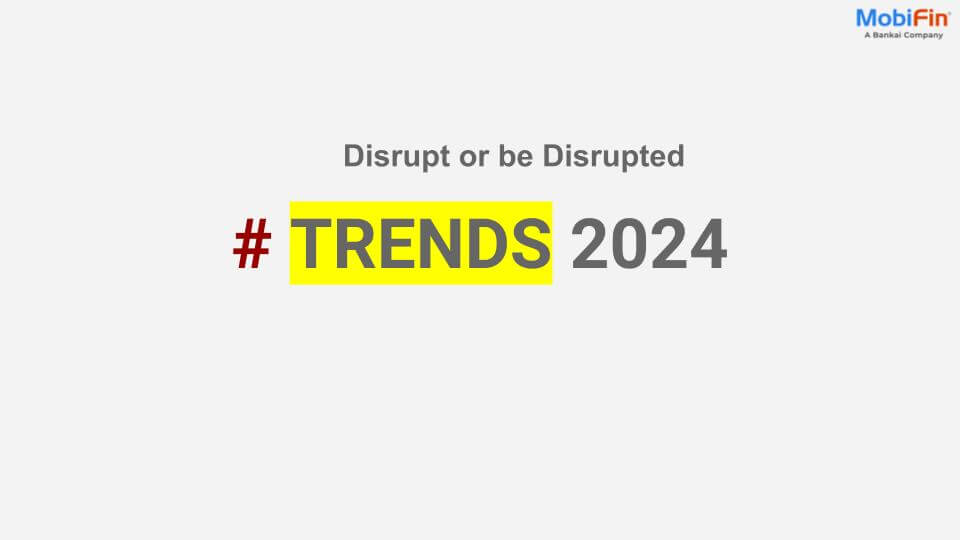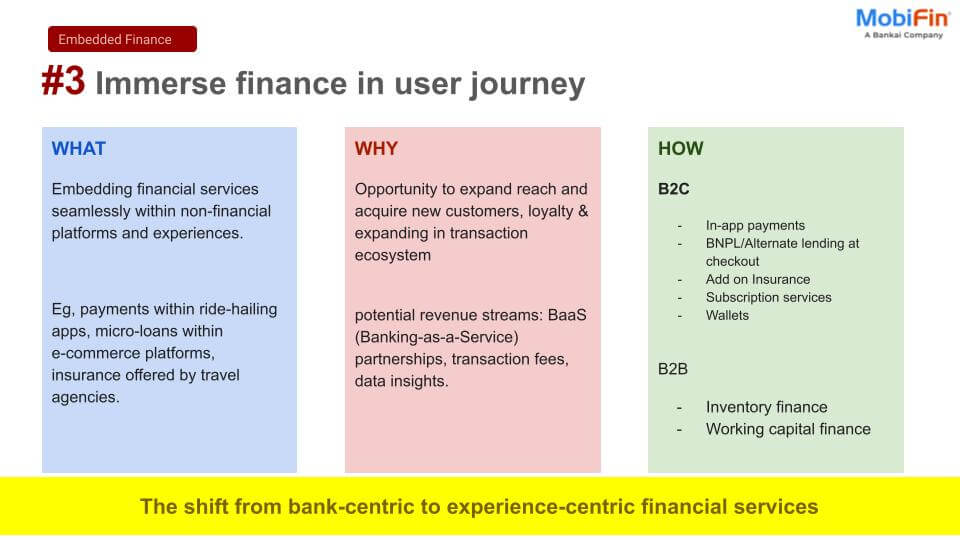Digital financial solutions, including Buy Now Pay Later (BNPL) services, allow customers to make purchases online and in-store without paying the full amount immediately. Digitization, rising merchant acceptance, greater regular use among young customers, and the entry of new players offering BNPL services are all factors driving the market forward. BNPL’s “digital-first” interface and enhanced customer experience further differentiate it from traditional payment options. Younger customers prefer to use BNPL services because they provide various perks, such as purchasing high-priced laptops and cellphones and paying for accessories.
How does BNPL differ from conventional financing methods?
BNPL does not appear to be a revolutionary technology breakthrough on the surface, as installment financing and layaway have been around for a long. Unlike conventional POS financing methods, BNPL enables customers to retain complete ownership of the purchased product while paying no interest. Furthermore, the framework depends on facilitating sales rather than “a customer’s capacity to pay their loan,” as the traditional credit model does.
BNPL brings the customer closer to a unified, connected shopping experience. Here are some of the attractive aspects from the customer’s point of view:
Customized offers
BNPL can facilitate customizable offers for each customer based on their records and financial history. Offers can also be customized to the size of the payment. Customization of offers based on credit score, brand preferences, and type of purchase, coupled with a strategy for the retailer or bank to ramp up the volume of certain customers’ digital wallets, can also make BNPL an appealing tool for increasing customer retention.
Faster Approval
Data-driven credit processes allow for immediate acceptance of BNPL transactions at the POS terminal. The integration of these financial services into physical and digital POS checkouts will enhance customers’ buying experience.
No Interest or Charges
When payments are completed in time, the consumer can repay their purchases without paying exorbitant interest or charges for their purchases without paying excessive interest or charges linked with credit cards. However, the penalties for delayed BNPL payments can be substantial. Consumers who plan to repay BNPL payments on time might not consider such charges at the point of purchase.
No Effect on Credit Score
A customer’s credit rating is not immediately affected by requesting installment payments from BNPL (if they pay on time), but it may affect the spendable limit on their credit card if it is part of a credit card proposition.
Growth Opportunities for Merchants
BNPL increases the chances of a sale, specifically for high-end products. They can also strengthen their relationships with customers by providing them with dynamic payment alternatives and prolonging the engagement beyond the POS terminals. Merchants can provide customers with third-party BNPL FinTech solutions without taking credit or security risks. The merchant receives payment in full at the time of purchase, and it’s pretty tempting.
BNPL campaigns can also be linked to important shopping occasions and festivals. This can give merchants a leg up on competitors offering identical items, enabling them to optimize sales in particular circumstances. BNPL has given e-commerce merchants more latitude to offer “try before you buy” options to customers, allowing them to get the product and try it out before processing any payments. It’s desirable in industries such as fashion, where it is complicated for a customer to buy and make payment only to discover when the product reaches the customer. It does not fit, and they must initiate a return and refund.
FinTech, Regulations, and the Future of BNPL
Regulators require information about consumer debt resulting from BNPL. As this is an unregulated market, there is currently no means to monitor the relationship between debt buildup and BNPL. Such information will allow authorities to manage consumer debt and its economic impact.
Due to the incredible potential of the BNPL market, FinTech companies have entered the race, and challenger banks are planning to join the fray as well. Furthermore, rewards and loyalty management programs can give a feel-good aspect that attracts customers and helps fight credit card competitors. When it comes to BNPL’s long-term success, it can be a significant differentiator. In the future, it is very much possible that BNPL will mostly supersede credit cards. The quality of BNPL services must improve to keep up with this explosive market growth.
As authorities consider the implications and plan to frame regulations in the BNPL market, it will create a void for compliance players. Digital financial solutions will be required to facilitate streamlined BNPL offerings and transactions at the point of sale.
Banks and FinTech companies are also likely to build collaborations. While banks are well in compliance with regulations, the latter will introduce future proof-technological digital financial solutions for the BNPL market.
BNPL participants will need digital tools that allow for reporting. Regulators will need to be notified of late payments or repayment defaults regularly. Therefore, regulating the BNPL market will result in improved financial regulation, which is beneficial to the industry’s long-term growth.
Tap on MobiFin’s BNPL Solution to Get a Competitive Edge
Buy Now Pay Later (BNPL) services are a hallmark of customer-centricity in today’s increasingly advanced payments ecosystem. BNPL has recently climbed from irrelevance into becoming the ultimate consumer-centric solution, owing to a repayment-friendly, app-based interface.
MobiFin is a one-of-a-kind Digital Financial Platform that assists banks and financial institutions in developing appropriate solutions for the ever-changing financial marketplace. With an emphasis on security, scalability, and omni-channel functionality, MobiFin offers all-inclusive BNPL functionality to help you create engaging user journeys for your products & solutions, making them digitally native and acceptable by the ecosystem.













